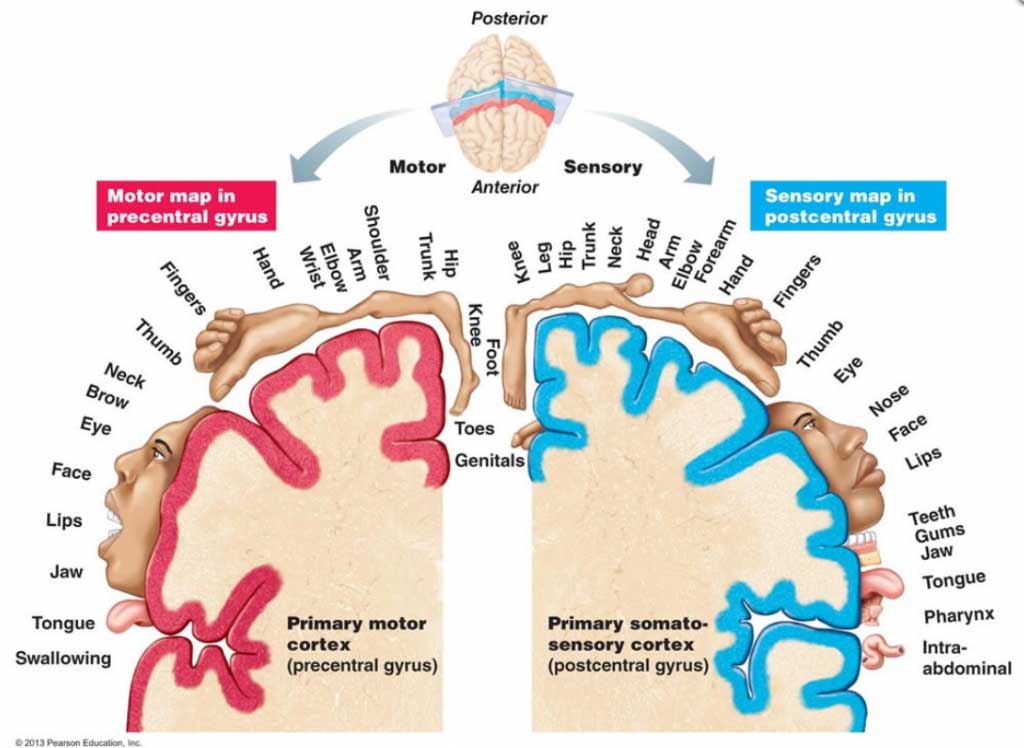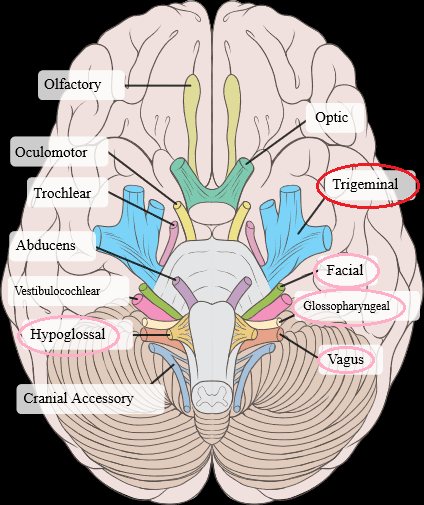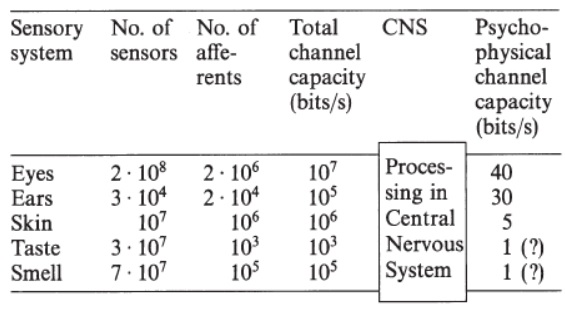
Plastic Chewing Gum Litters and has negative consequences. We chew about 500,000 tons of plastic chewing gum every year. In the streets and squares, chewing gum is one of the most common pieces of food. Plastic chewing gum is difficult to remove and therefore prohibited in e.g. Singapore.
Expensive to Remove Chewing Gum Spots
In London, it costs £10 million a year to remove chewing gum spots. In the run-up to the 2012 London Olympics, all the gum sat strapped to the inner city streets was cleaned up. There were about 100 gums on every meter’s way. In Sweden, too, the costs of removing chewing gum from the street are high. The City of Stockholm has a person employed to remove chewing gum. He tells us that only Drottninggatan costs one million kronor to clean from chewing gum and it takes just over a month. Then it won’t be long before it’s time to start all over again…
Chewing Gum is Hard to Break Down
It takes 20-25 years for nature to break down chewing gum, therefore it is not very environmentally friendly. Chewing gum generally contains artificial sweeteners such as sorbitrol, xylitol, aspartame. Sorbitol can be laxative and for those who are allergic to aspartame it is deadly. Many chew gum to get fresher breath, but the added flavors can at most hide bad breath. It’s the saliva that makes your breath better. Saliva excretion is greater if we chew on harder material because then the salivary glands are stimulated more. That’s why CHEW PEER gives you better breath.








You must be logged in to post a comment.